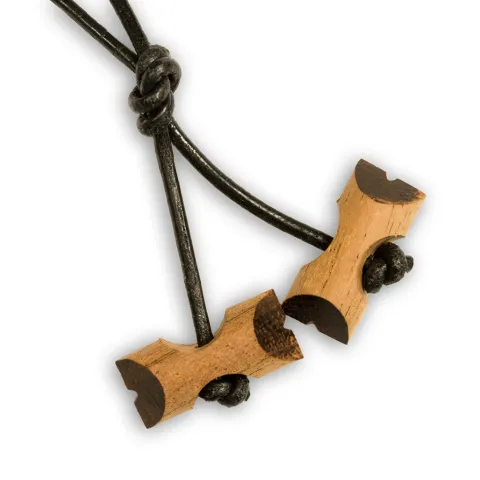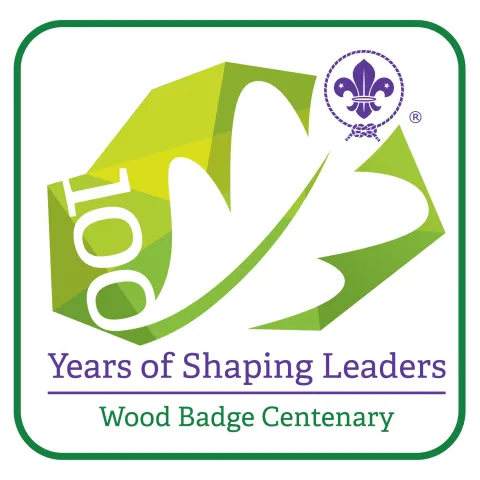
Wood Badge
The Wood Badge is a common standard open to Scouting volunteers and professionals. Created over 100 years ago, it has played a pivotal role in shaping leaders within the Scout Movement. Its distinct design was inspired by a necklace brought back from Southern Africa by the founder of the Scouts, Robert Baden-Powell.

History of the Wood Badge
In 1919, Baden-Powell introduced a standardised training system for leaders. Scouts who successfully completed the leader training were awarded a Wood Badge. Made of two wooden beads worn at the end of a leather lace, the first bead came from the ceremonial necklace of Zulu Chief Dinizulu, while the second was carved by the recipient.
In 1987, four Wood Badge beads were given to Dinizulu’s grandson as a symbolic act of returning the beads to their rightful heirs.
Today, the tradition of the Wood Badge continues with leaders receiving beads made from acacia wood. Leaders are also enrolled as members of the 1st Gilwell Park Scout Group - where the first Wood Badges were given out in 1919 -, and can wear the distinctive Gilwell scarf and woggle.

100 Years of the Wood Badge
After more than a century, the Wood Badge remains an important mechanism for shaping the leaders of the Scout Movement. It serves as an inspiration to adult volunteers, reinforcing their commitment and support for the vision of Scouting.
Resources
-
 Wood Badge Framework
Wood Badge FrameworkFile download -
 Insight into Wood Badge Framework
Insight into Wood Badge FrameworkFile download